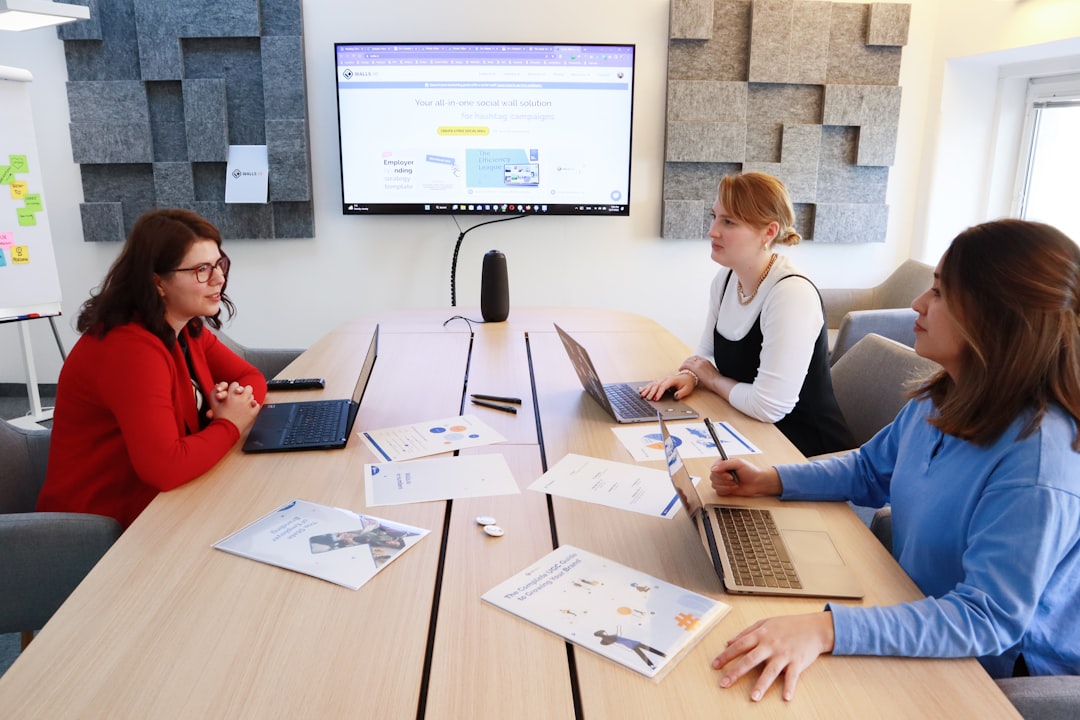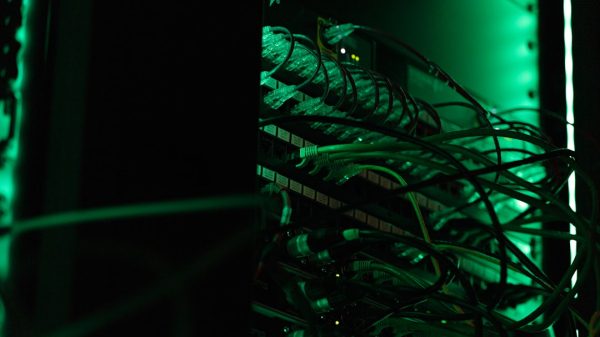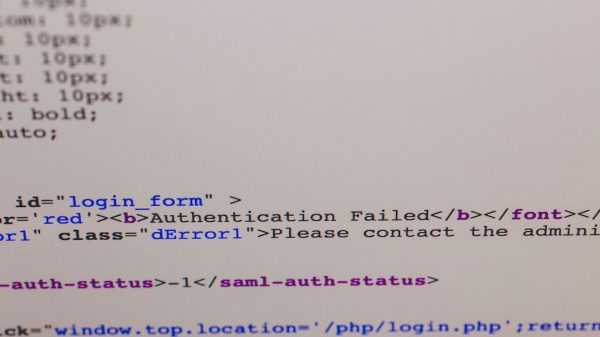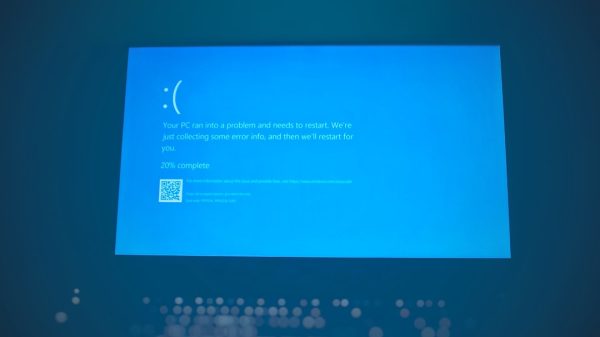The ever-evolving landscape of digital frameworks demands a thoughtful and methodical approach to implementation. One of the thought leaders in this space, David Steinberg, has brought incisive clarity to the topic of Canonicals and how best to implement a framework that aligns with both technical rigor and transformational goals. In a world saturated with best practices and competing technologies, Steinberg’s work stands out for its practicality, depth, and awareness of organizational dynamics.
When talking about Canonical Frameworks, we refer to the act of standardizing patterns, interfaces, and data models across organizational systems. Steinberg’s approach to Canonicals centers on creating a unified architectural vision that scales across platforms, facilitates integration, and strengthens long-term maintainability. His guidance is not theoretical alone—it is backed by years of enterprise experience in effectively applying these principles within both private corporations and public institutions.
Understanding the Concept of Canonicals
At its core, a Canonical in information systems is a common format or interface to which all data conversions are translated. A canonical model, therefore, acts as a lingua franca for applications to communicate easily regardless of their original design or intent. This simplifies workflows, boosts interoperability, and reduces redundancy.
David Steinberg emphasizes that the purpose of a Canonical isn’t simply to standardize for the sake of standardization—it is to build a foundation for predictable and scalable architecture. As enterprises grow and their technology stack diversifies, non-canonical integrations become a liability. Steinberg asserts that the key to successful implementation lies in thoughtful structure and incremental adoption.

Steinberg’s Framework for Implementing Canonicals
Over the years, David Steinberg has refined a step-by-step methodology to implementing Canonicals efficiently. His process is characterized by the following structured phases:
- Assessment and Discovery: Understand the current system topology, integration points, and data flows. Identify duplication, inefficiency, and tight-coupling in the architecture.
- Canonical Modeling: Define standard domain models that reflect the business entities and processes. These models must be both forward-compatible and extensible.
- Adapter Interface Design: Steinberg underscores the importance of designing adapters that translate between canonical models and client-specific formats. This enables gradual migration while retaining compatibility.
- Validation and Versioning: Implement validation rules for inputs and outputs and structure a version control mechanism to evolve canonicals without breaking dependent services.
- Status Monitoring and Feedback Loop: Integrate monitoring solutions to track canonical usage and set up feedback loops from developers and end-users to improve the model iteratively.
Each step in the process is designed to address not only technical needs but also operational risks. Steinberg is known to advocate for the gradual rollout of canonicals, leveraging pilot projects to prove the value before full-scale deployment.
Challenges in Canonical Implementation
Despite the clear advantages, Steinberg acknowledges that implementing Canonicals is not without its challenges. Large organizations often face the following obstacles:
- Legacy Systems Conundrum: Older systems with rigid data structures are hardest to align to a canonical model. Migrating without breaking existing workflows requires meticulous planning and testing.
- Stakeholder Resistance: Resistance is natural, especially when staff and departments are accustomed to autonomy in choosing their data models and APIs. Building consensus and demonstrating long-term ROI is key.
- Maintaining Consistency: Canonical governance must be enforced across departments. Even slight deviations can lead to system drift and integration bottlenecks.
David Steinberg contends that many of these hurdles can be overcome by focusing on educating stakeholders and creating a standardized governance board to oversee canonical evolution. Few things, he argues, are as destabilizing as poorly governed frameworks.
The Role of Governance and Standards
One of Steinberg’s most emphasized aspects is governance. Canonical models are not one-off creations; they evolve and adapt. Without a central body to steward this evolution, fragmentation is inevitable. Steinberg recommends establishing a Framework Steering Committee comprising technical architects, product managers, and operational leads.
This committee should be responsible for:
- Approving new canonical entities and schemas
- Updating documentation and change logs
- Defining deprecation and sunset policies
- Auditing existing integrations for compliance
Governance also dovetails with standards. Steinberg urges organizations to adopt industry-wide standards (such as REST, OpenAPI, or ISO models) wherever applicable. Canonicals should not be proprietary if established conventions already exist. This philosophy reduces overhead and promotes trust among external partners.

Benefits Realized from Canonical Adoption
When effectively implemented, Canonicals provide tangible improvements to both system stability and business agility. Steinberg points to several measurable benefits:
- Improved System Interoperability: Canonicals act as a translation layer across varied systems, reducing the need for custom integrations and making onboarding of new systems faster.
- Reduced Maintenance Burden: Fewer variations in data models mean easier bug tracking, fewer integration failures, and reduced inconsistency in data pipelines.
- Faster Time-to-Market: With reusable structures and adapters, new features can be deployed more rapidly across multiple platforms.
- Streamlined Compliance: Canonicals help centralize control of data formats and flows, making it easier to stay in compliance with regulations such as GDPR, HIPAA, or PCI.
Successful case studies cited by Steinberg include major digital banks and healthcare platforms that have slashed integration costs by 40–60% after introducing a robust canonical model. In each of these cases, the breakthrough was not in the technology used, but in the discipline of shared models and validation pipelines.
The Future of Canonicals in a Cloud-Based World
With the rise of cloud-native architectures and microservices, Canonicals have become even more crucial. APIs, service buses, and event streams must rely on shared schemas to stay coordinated. Steinberg highlights that in such environments, the volume and velocity of data make standardization even more imperative. He emphasizes using schema registries, contract testing, and IDEs with canonical integration support to catch errors early and enhance developer productivity.
Moreover, the integration of AI and machine learning into business pipelines introduces new challenges that Canonicals can help address. Data consistency and semantic integrity become essential when feeding ML models. A minor drift in schema could create significant downstream consequences in predictive output. Steinberg actively collaborates with data science teams to integrate canonicals at ingestion and preprocessing stages.
Closing Thoughts
David Steinberg’s insights on Canonical implementation paint a picture of sustainable, scalable architecture that goes beyond code. His blend of technical expertise and strategic oversight provides a roadmap for IT leaders seeking to build robust systems that last. Steinberg cautions against quick wins and framework dependency that lacks long-term thinking. Instead, he urges organizations to invest in documentation, training, governance, and versioning as first-class entities.
In today’s hyper-connected economy, systems that cannot play well with others will eventually become obsolete. Canonicals are not a silver bullet, but as Steinberg puts it, they are “an intellectual hygiene for digital thinking.” A clear canonical strategy sets the groundwork for sustainable innovation, reduces waste, and builds a stronger foundation for whatever comes next.


































